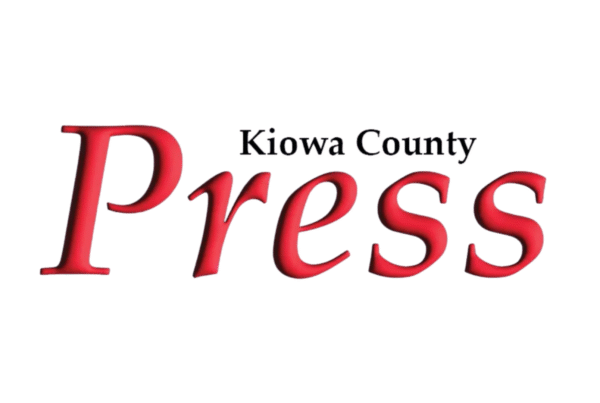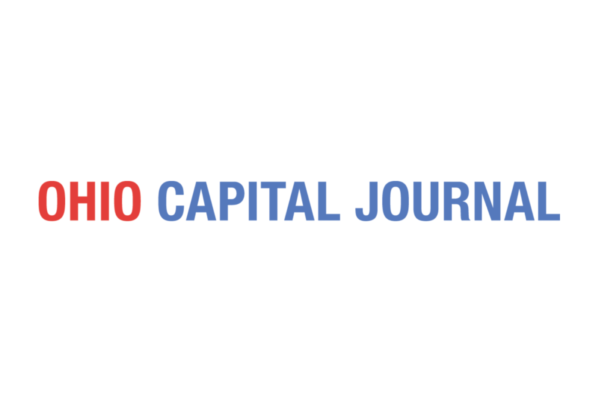Become a part of the effort to ReImagine Appalachia.
Latest Updates
Read the newest blogs from ReImagine Appalachia, highlighting stories, insights, and resources shaping our region’s future.
Upcoming Events
Join ReImagine Appalachia and our partners for conversations, trainings, and opportunities to build a stronger future together.
Working from the ground up
This work is best done together.
We’ve gathered visions from around the region and received input from scores of community leaders. Our endorsements come from organizations representing the voices of millions of residents across four states in the Ohio River Valley: Ohio, West Virginia, Pennsylvania and Kentucky.
Expand opportunity through public investments
Create new opportunities for extractive industry workers and build career ladders for young people from all races and backgrounds.
![]()
CREATE GOOD JOBS
Publicly funded projects should come with strong wages, benefit and diversity requirements, and union rights.
![]()
GIVE COAL WORKERS PRIORITY
People moving out of extractive industries have skills we need to create the world we want.
![]()
BUILD CAREER LADDERS
Build pathways for women and people of color into union jobs and family-sustaining careers.
”We can create good jobs while putting our region’s energy dollars to better use.
Build a 21st century sustainable economy
National climate change legislation and federal economic stimulus packages are opportunities to bring much-needed resources into our region. We must be at the table, together, if we want to get a deal that works for us.
![]()
REPAIR DAMAGE DONE IN THE LAST CENTURY
Clean up abandoned properties and put them back to good use. And provide health care and secure pensions for coal workers, especially those with black lung disease.
![]()
MODERNIZE THE
ELECTRIC GRID
By upgrading our antiquated electric system, expanding broadband, and making our homes and businesses more energy efficient, we cut emissions, save money and create new jobs.
![]()
EXPAND MANUFACTURING BY MAKING IT MORE EFFICIENT AND CLEAN
Our vision grows manufacturing in the region. Federal investments will help us repurpose shuttered coal plants, turning them into eco-industrial parks. Together, we can spur more energy efficient manufacturing and reduce operating costs in a way that doesn’t involve lowering wages.
![]()
BUILD A SUSTAINABLE TRANSPORTATION SYSTEM
By laying rail and expanding infrastructure for electric vehicles fueled by renewables, we can create good jobs while putting half of our region’s energy dollars to better use.
![]()
RELAUNCH THE CIVILIAN CONSERVATION CORPS
To absorb carbon, we can put people to work expanding our forests, wetlands, and sustainable farms. Give hiring priority to returning citizens caught up in the “war on drugs” and opioid epidemic.
”Everyone is more successful when people are paid a living wage.
Grow unions, raise wages for all workers
We must improve job quality for working people in all industries by raising the minimum wage and providing them with real rights to form a union.
Taking Action Now
Our work is time sensitive.
We’re working to ensure the people of Appalachia have a say in how our region rebuilds.







